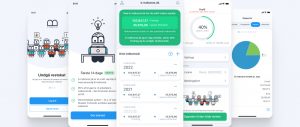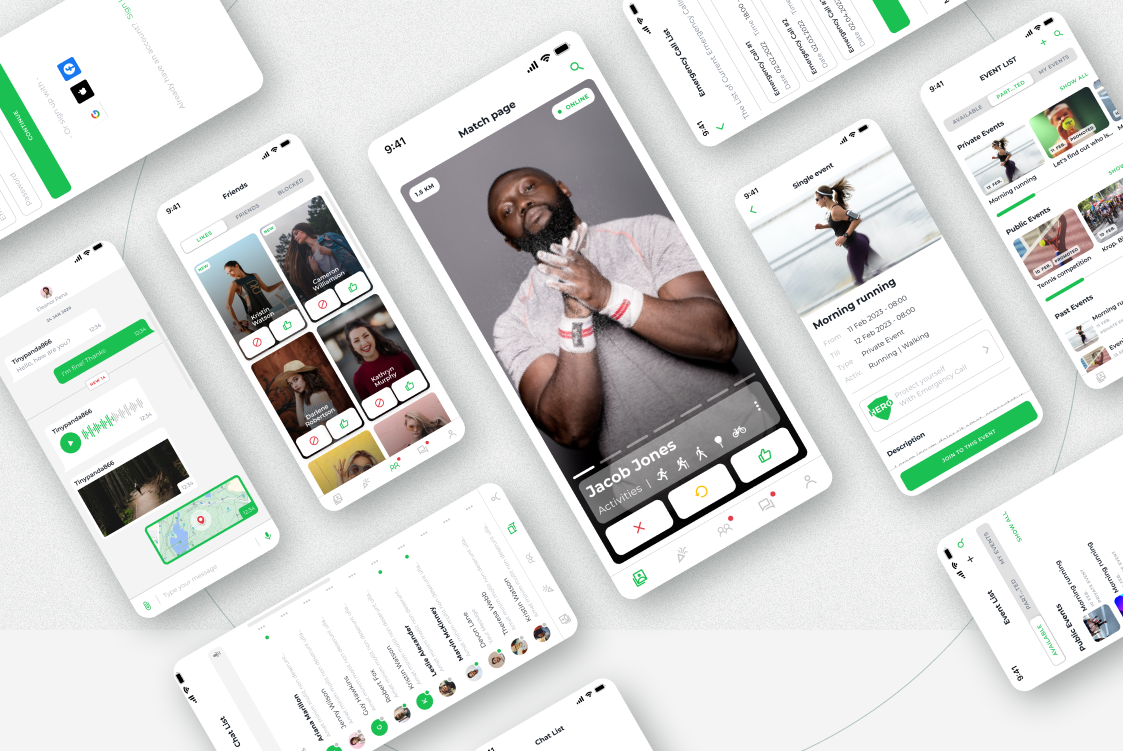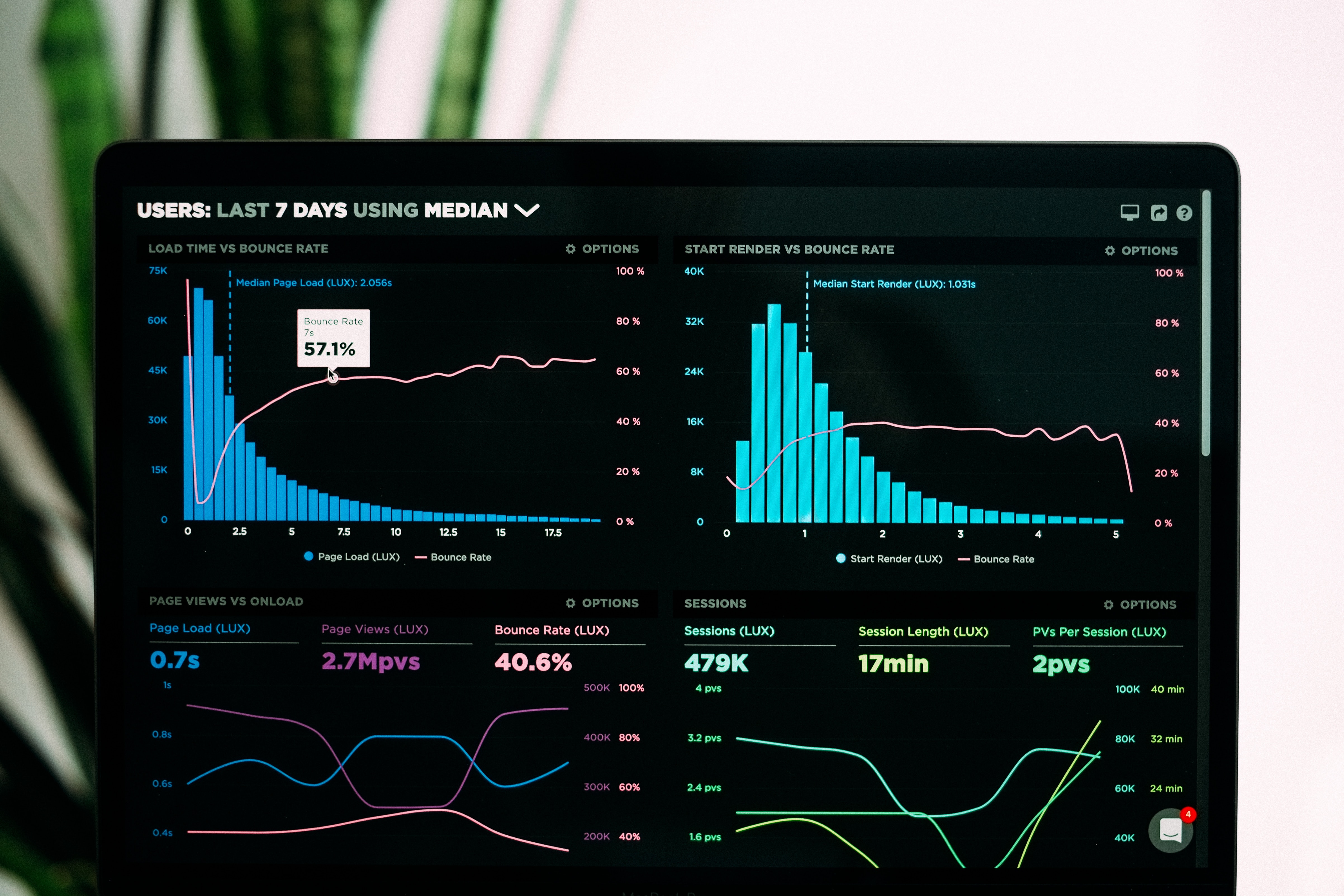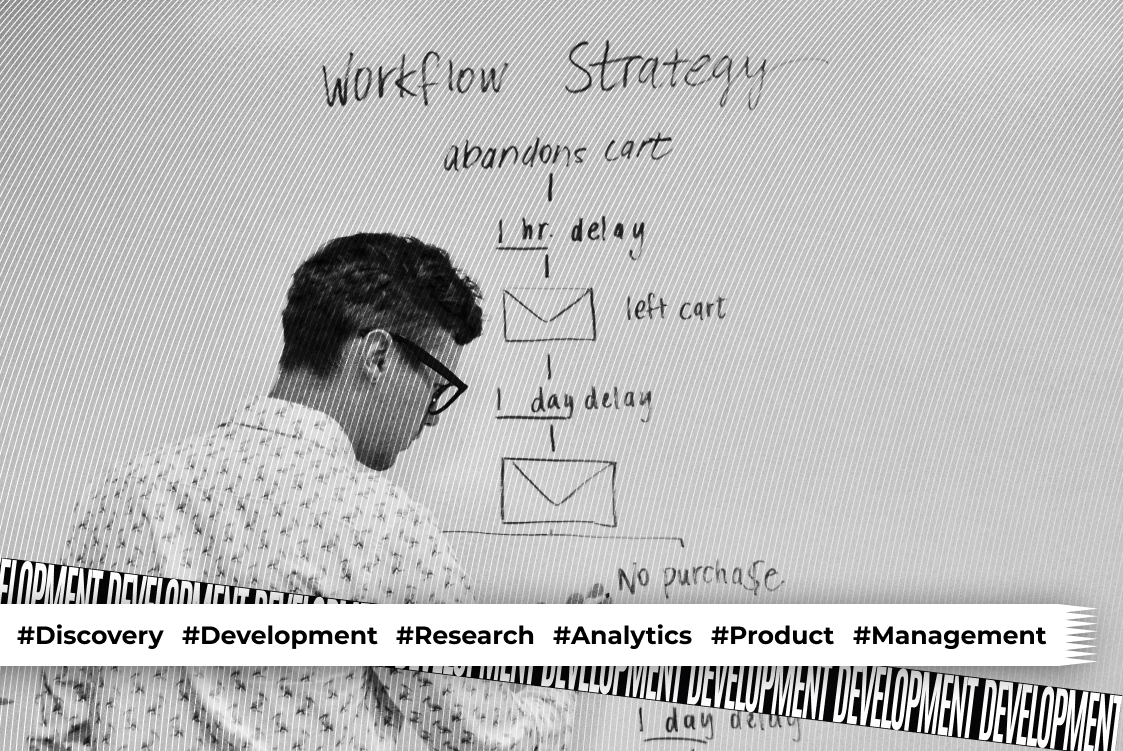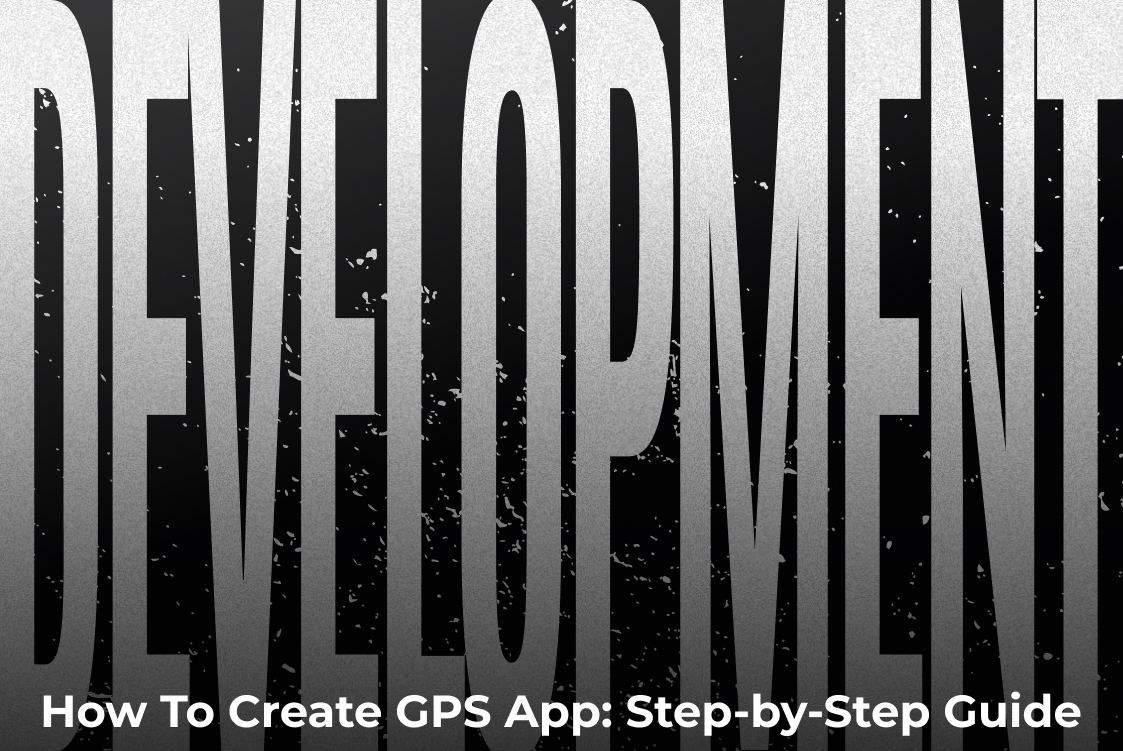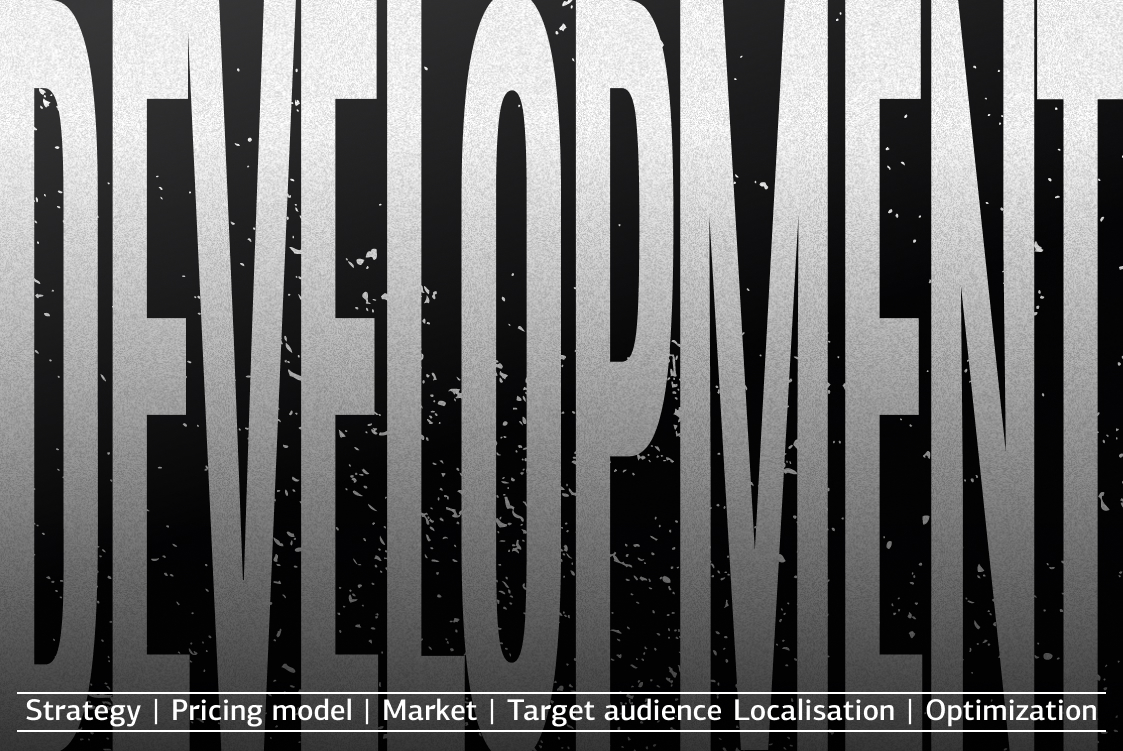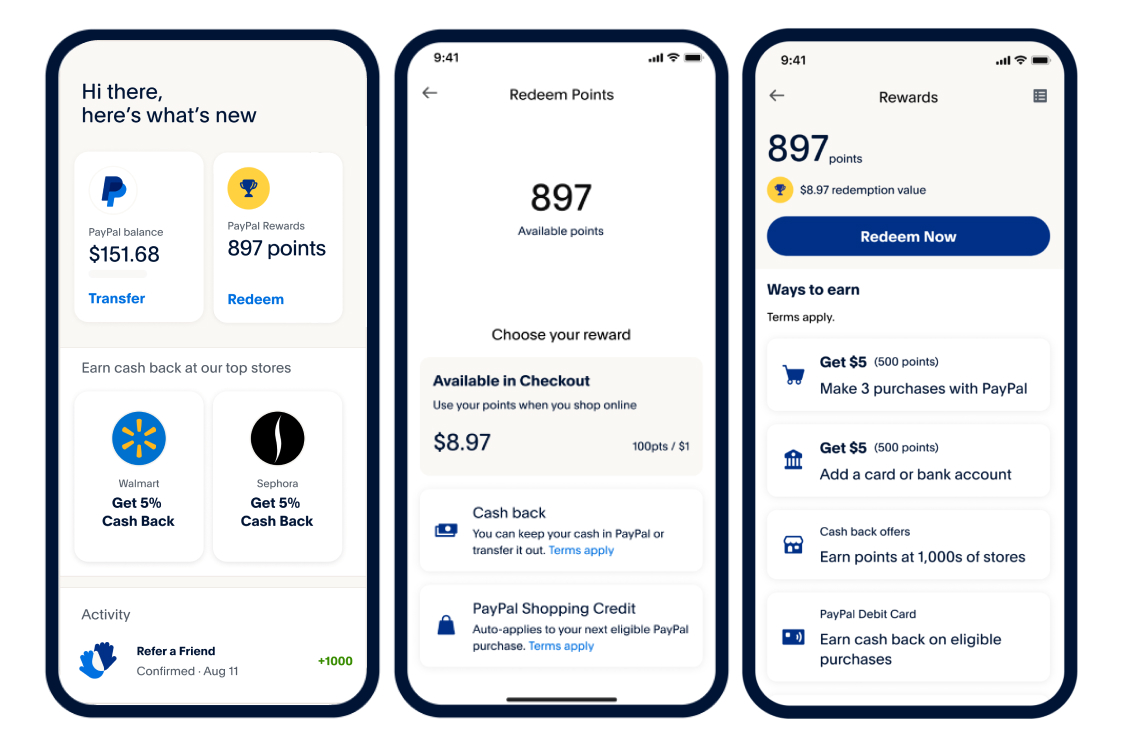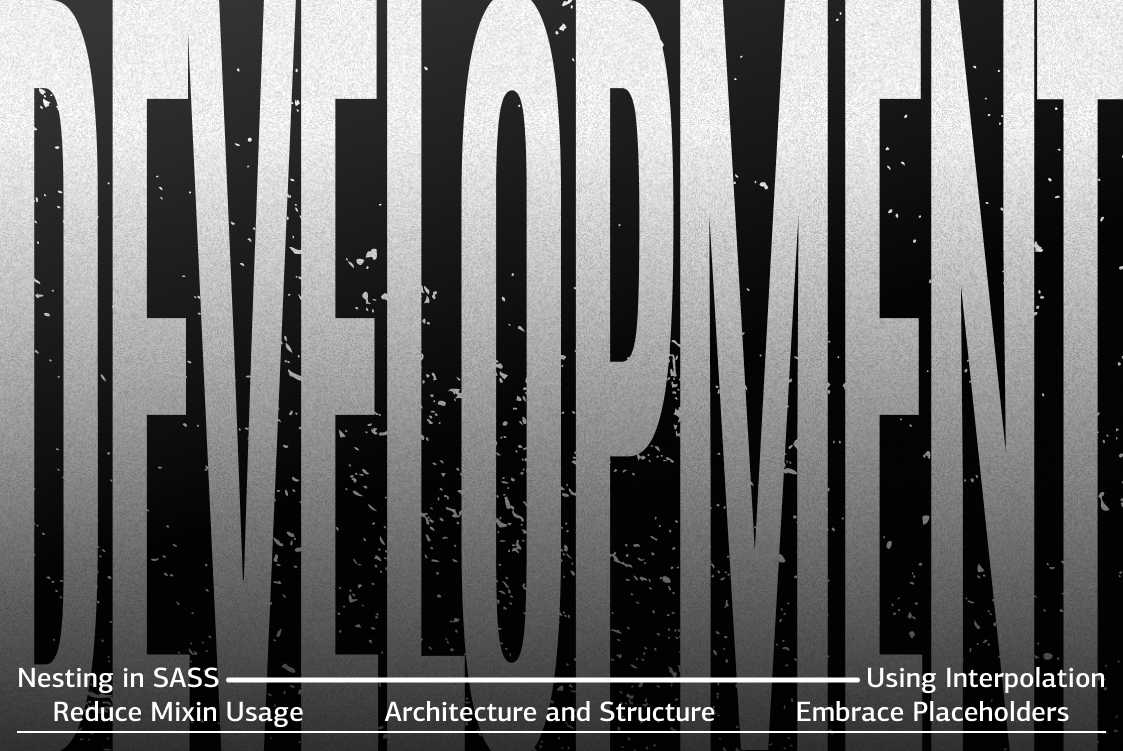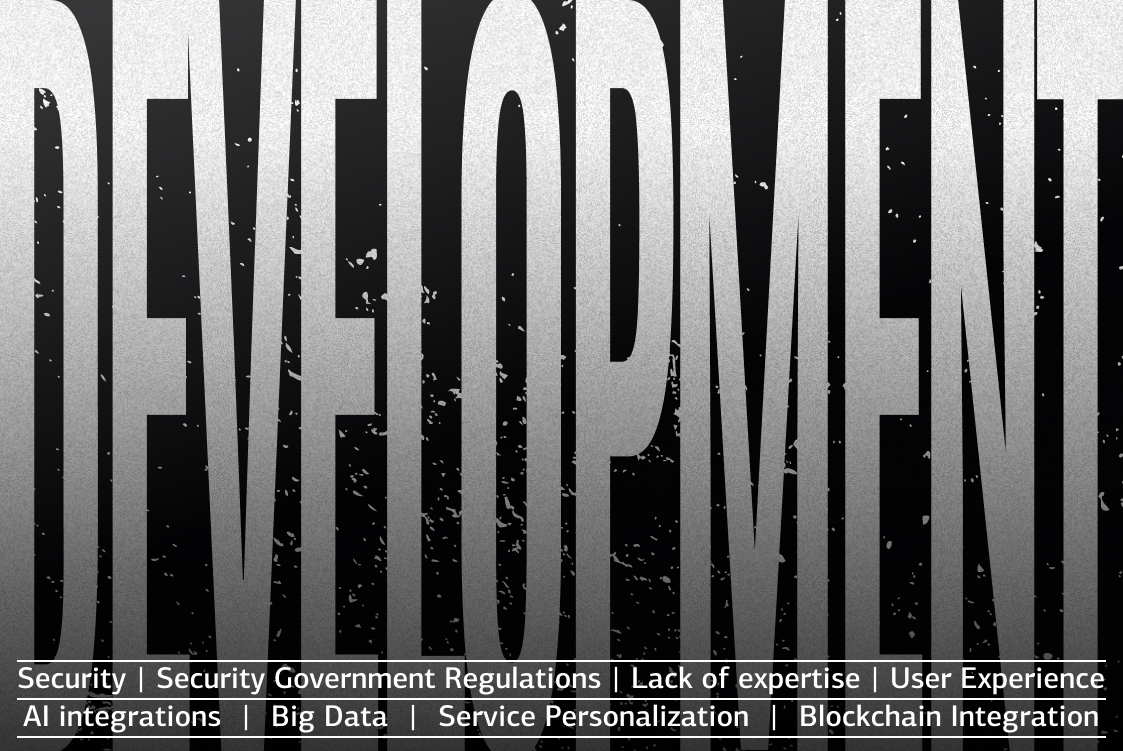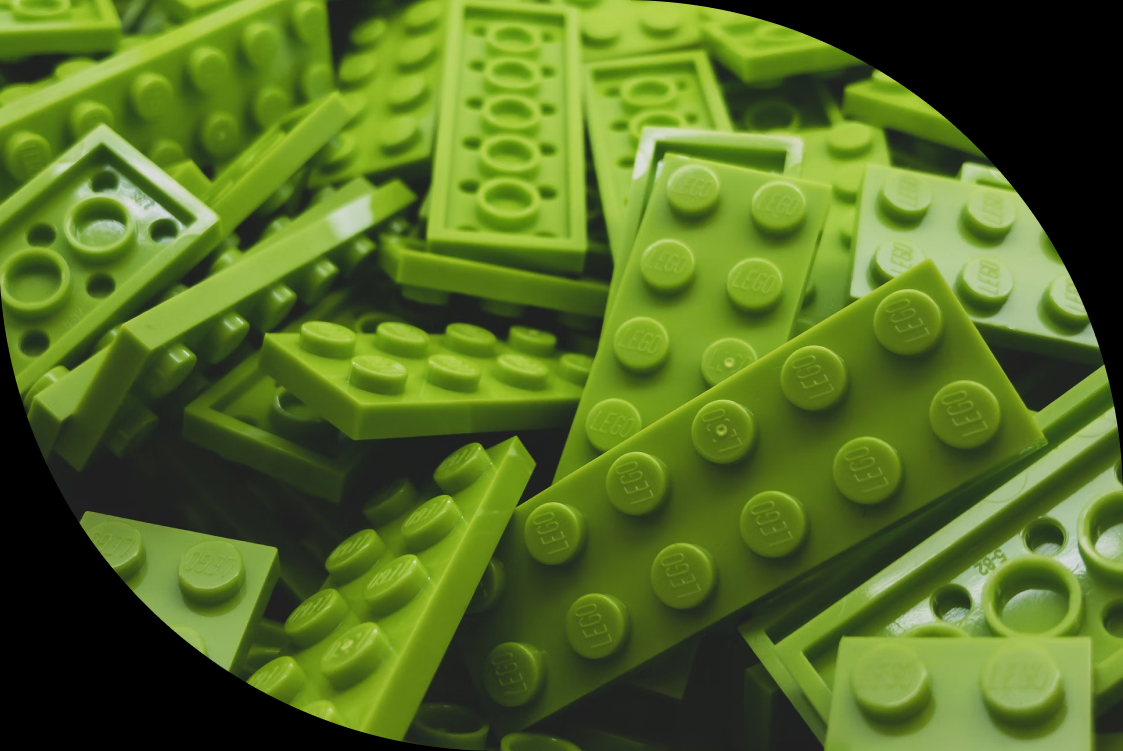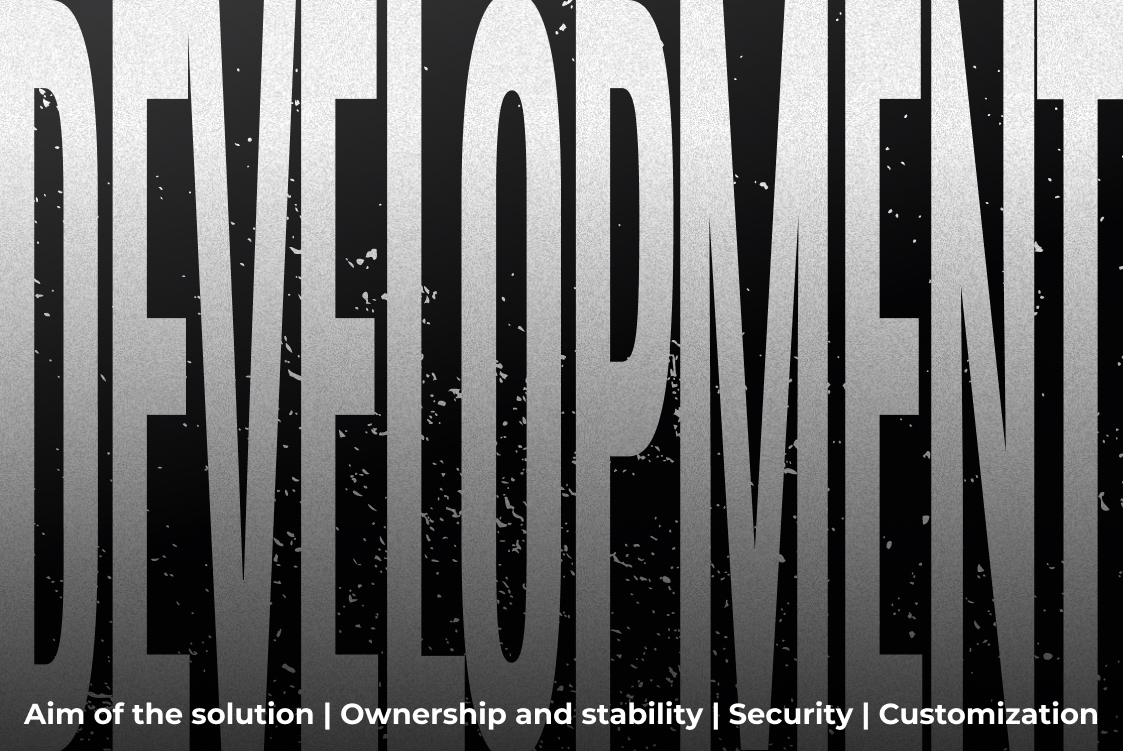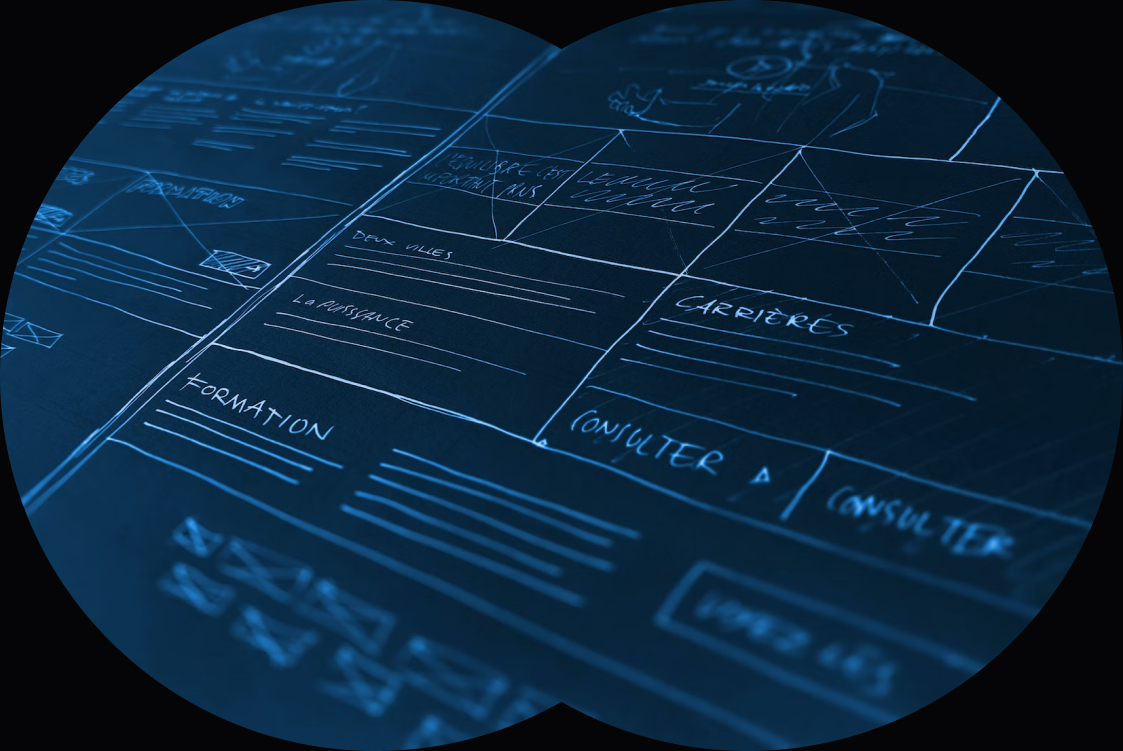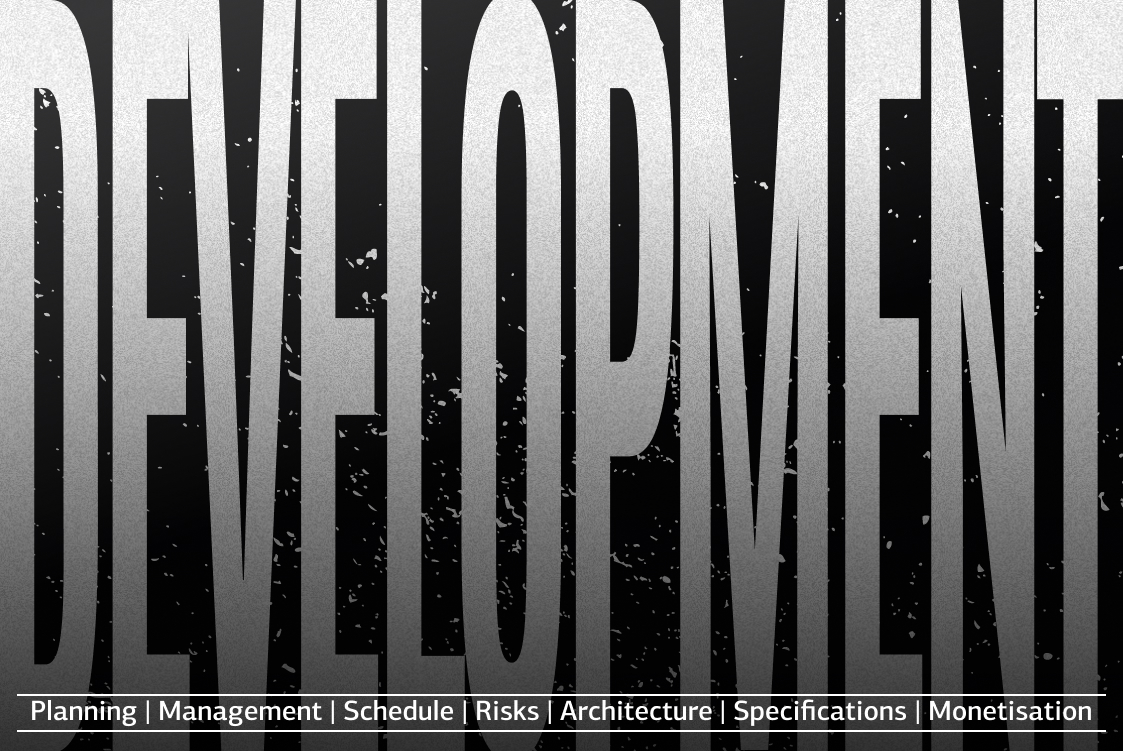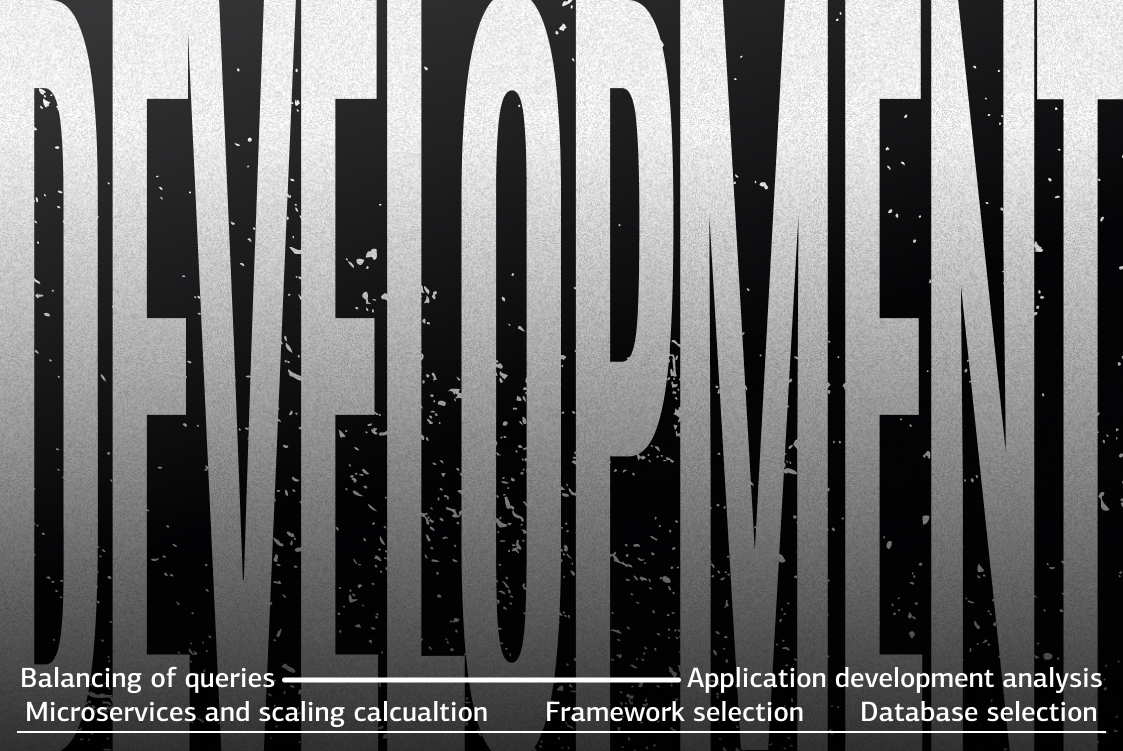In the current fiercely competitive business environment, it is crucial for Software as a Service (SaaS) companies to continuously analyze and enhance their performance to ensure their long-term sustainability and achieve success. One essential aspect of this performance is the ability to retain customers and maximize their value over time effectively.
SaaS product metrics provide businesses with objective measures to assess the effectiveness of their customer retention strategies, enabling them to identify and address any gaps in their customer base.
In this blog post, we will explore these metrics’ significant role and examine the key indicators of customer turnover that every SaaS company should monitor to drive success and facilitate growth.
Examples of Top SaaS Companies
According to SaaS Retention Report, SaaS companies that achieve a net retention rate exceeding 100% experience an impressive annual growth rate of 43.6%. Conversely, businesses with a net retention rate below 60% see a comparatively modest growth rate of only 13.1% per year.
Here are some examples of top SaaS companies and how they solve problems through design, SaaS development, or good management, leading to positive SaaS product metrics:
Salesforce
Salesforce is a leading SaaS company in customer relationship management (CRM). They excel in design by providing a user-friendly interface that simplifies complex processes for sales and marketing teams. Their development efforts focus on continuous innovation, introducing new features and integrations to enhance user experience.
This translates into metrics such as increased user adoption, higher customer satisfaction scores (CSAT), and improved customer retention rates.
Slack
Slack is a popular team collaboration and communication platform. Their design philosophy revolves around simplicity and intuitiveness, allowing teams to collaborate seamlessly. Through effective development, Slack provides integrations with various tools and platforms, enhancing productivity.
These efforts are reflected in metrics such as high user engagement, low churn rates, and strong net promoter scores (NPS).
Zoom
Zoom is a video conferencing platform that experienced exponential growth during the COVID-19 pandemic. Their design focuses on providing a reliable and user-friendly video conferencing experience across different devices. SaaS development efforts prioritize scalability and security, ensuring smooth and secure meetings. Their management strategy involves regular communication and updates to address customer concerns.
They use metrics like rapid user acquisition, high customer satisfaction, and increased revenue.
HubSpot
HubSpot is an all-in-one inbound marketing and sales platform. Their design aims to provide streamlined marketing and sales processes. Through continuous SaaS product development, HubSpot integrates with various marketing and sales tools, enabling seamless data flow and automation.
Good management practices include comprehensive training and support for customers, resulting in metrics such as improved lead conversion rates, higher customer lifetime value (CLTV), and increased marketing ROI.
Atlassian
Atlassian offers a suite of collaboration and productivity tools, including Jira and Confluence. Their design focuses on customization and flexibility, allowing teams to tailor the tools to their specific workflows. With robust development practices, Atlassian ensures scalability and reliability, even for large enterprise customers.
Their management approach involves actively listening to customer feedback and incorporating user suggestions into product updates. This approach has led to metrics like high user adoption, low churn rates, and strong customer loyalty.
SaaS Retention Metrics You Should Know
Churn Rate
Churn rate measures the percentage of customers who discontinue their subscription or stop using the SaaS product within a specific period. It helps identify customer attrition and assess the effectiveness of customer retention strategies. Lower churn rates indicate higher customer satisfaction and retention.
Why is it important?
Monitoring churn rate helps identify potential issues, improve customer satisfaction, and ensure long-term revenue stability.
Benchmarks:
- Low churn rates: Generally, a churn rate below 5% per month is considered low for most SaaS companies.
- Churn rates can vary significantly across industries, but it’s best to compare your churn rate against similar companies in your industry for a more accurate benchmark.
Net Revenue Retention (NRR)
NRR calculates the revenue retained from existing customers over a given period, taking into account expansion revenue from upsells or cross-sells, as well as revenue lost due to downgrades or churn. A value above 100% indicates revenue growth from existing customers, while a value below 100% signifies revenue contraction.
Why is it important?
It helps identify upselling and cross-selling opportunities and allows businesses to focus on strategies that maximize revenue from their current customer base.
Benchmarks:
- Above 100%: A value above 100% indicates revenue growth from existing customers, which is generally considered positive.
- Below 100%: A value below 100% suggests revenue contraction, indicating a need for improvement in customer retention and expansion strategies.
Customer Lifetime Value (CLTV)
CLTV represents the total revenue a SaaS company can expect from a customer throughout their entire relationship with the company. It helps assess the profitability of acquiring and retaining customers. Higher CLTV indicates greater customer value and the potential for long-term success.
Why is it important?
By understanding CLTV, businesses can allocate resources effectively, prioritize customer segments, and implement retention strategies to increase overall profitability.
Benchmarks:
- Varies by business model: CLTV benchmarks can vary significantly depending on the SaaS company’s business model and pricing structure. It’s best to compare against similar companies in your industry or consult industry reports for relevant benchmarks.
Expansion Revenue
Expansion revenue measures the additional revenue generated from existing customers through upselling or cross-selling. It reflects the ability to grow revenue within the customer base and indicates the effectiveness of expansion strategies.
Why is it important?
Increasing expansion revenue demonstrates the ability to meet customer needs and provides additional revenue streams within the existing customer base.
Benchmarks:
- There are no specific benchmarks for expansion revenue as it depends on various factors. Comparing similar companies in your industry can give you an idea of what is considered successful expansion revenue.
Renewal Rate
The renewal rate measures the percentage of customers who renew their subscription at the end of a specific period. It reflects customer satisfaction and loyalty. A higher renewal rate indicates strong customer retention and a healthy recurring revenue stream.
Why is it important?
A high renewal rate indicates customer satisfaction and retention, providing a solid foundation for a SaaS business’s financial stability and growth.
Benchmarks:
- High renewal rates: Generally, a renewal rate above 90% is considered high for most SaaS companies.
- Renewal rates can vary by industry, so it’s beneficial to compare your renewal rate against similar companies in your industry.
Time to Value
Time to value measures the time it takes for a customer to derive significant value from the SaaS product after the initial purchase or subscription. It helps assess the effectiveness of onboarding processes and the product’s ability to deliver value quickly, which can impact customer retention.
Why is it important?
A shorter time to value improves customer satisfaction, reduces the risk of early churn, and increases the likelihood of long-term retention.
Benchmarks:
- The ideal time to value depends on the complexity of the product, but generally, a shorter time to value is desirable. Depending on the product and industry, this could range from a few days to a few weeks.
Customer Engagement Metrics
These SaaS product metrics evaluate the level of customer engagement with the SaaS product, such as the frequency of product usage, feature adoption, and user interactions. Higher engagement typically correlates with stronger customer loyalty and reduces the likelihood of churn.
Why is it important?
Higher engagement signifies a strong connection between customers and the product, leading to increased loyalty and reduced churn rates.
Benchmarks:
- Engagement metrics can vary significantly depending on the SaaS product and industry. It’s best to establish your own benchmarks based on historical data and compare them against industry averages if available.
Customer Satisfaction (CSAT)
CSAT measures customer satisfaction with the SaaS product and overall experience. It is usually assessed through surveys or feedback mechanisms. Positive CSAT scores indicate higher customer loyalty and retention.
Why is it important?
Positive CSAT scores indicate higher customer retention, increased brand advocacy, and a positive impact on overall business reputation.
Benchmarks:
- High CSAT scores: A CSAT score above 80% is generally considered high, indicating strong customer satisfaction.
- Comparing your CSAT scores against similar SaaS companies in your industry can provide a more accurate benchmark.
Customer Effort Score (CES)
CES gauges the level of effort required by customers to use the SaaS product or resolve issues. A lower CES indicates a smoother customer experience and can contribute to higher retention rates.
Why is it important?
A lower CES indicates a seamless customer experience, reducing the likelihood of customer frustration and churn.
Benchmarks:
- A lower CES indicates a smoother customer experience. There are no universal benchmarks, but it’s beneficial to track and improve CES over time based on your customers’ feedback and expectations.
Referral Rate
The referral rate measures the percentage of customers who refer the SaaS product to others. A higher referral rate suggests customer satisfaction and positive word-of-mouth, which can lead to increased customer acquisition and retention.
Why is it important?
A referral rate indicates customer satisfaction, brand loyalty, and a strong likelihood of customer retention, while also contributing to organic customer acquisition.
Benchmarks:
- A higher referral rate suggests strong customer satisfaction and positive word-of-mouth. While specific benchmarks vary, referral rates above 10% are generally considered positive.
How is SaaS Success Measured
Success can have various meanings for a SaaS company. It could involve expanding your product’s user base or enabling customers to independently utilize the product without relying on an account manager. Many SaaS businesses strive to incorporate a product-led growth model into their existing business strategy.
Additionally, it is important to consider broader metrics that are significant within your industry. For instance, if you have participated in investor rounds or attended seminars, you may have noticed certain metrics that hold greater importance in your niche. Terms like scale and velocity might be commonly mentioned. Pay attention to these and track them to effectively measure the success of your SaaS business going forward.
Tips on How to Improve Metrics
Aligning your SaaS metrics with industry benchmarks is crucial for sustainable growth and staying ahead of competitors. To improve your SaaS metrics, consider the following tips:
- Select Relevant Metrics for Your Company
Choose metrics that align with your SaaS company’s growth stage. Startups should focus on vital SaaS product metrics such as CAC (Customer Acquisition Cost), MRR (Monthly Recurring Revenue), and CLV (Customer Lifetime Value). Established businesses should track a broader range, including Net Promoter Score, churn rate, expansion revenue, and churn MRR. Utilize powerful analytics tools like Google Analytics for accurate measurement and monitoring.
- Conduct Pricing and User Behavior Surveys
Evaluate your pricing packages to ensure they align with industry standards. Pricing that is too high or too low can impact customer churn, CLV, and cash flow. Conduct user behavior surveys to gather feedback and understand customer preferences. Making improvements based on customer satisfaction feedback can reduce churn, increase renewal rates, and boost expansion revenue. Regular cohort analyses can provide valuable insights.
- Adopt a Product-Led Growth Strategy
Embrace a product-led growth (PLG) approach where the product and user experience drive customer acquisition, reducing customer acquisition costs. Offer free trials or freemium plans to allow customers to experience the value of your product firsthand.
- Implement an Effective SEO Strategy
Develop a robust SEO strategy to increase organic traffic to your website, reducing reliance on paid advertising. This lowers customer acquisition costs and enhances brand awareness. Target keywords relevant to your target audience, leading to improved conversion rates and reduced time wasted on unqualified leads. A well-executed content strategy can educate potential customers, nurture existing ones, and foster customer loyalty, thereby reducing churn.
By focusing on relevant metrics, optimizing pricing and user experience, adopting a PLG strategy, and implementing an effective SEO strategy, you can enhance your SaaS metrics and drive sustainable growth for your business.
Conclusion
In conclusion, the success of SaaS companies relies heavily on effectively measuring and optimizing key metrics throughout the development and lifecycle of their products. These metrics serve as essential guides for assessing performance, driving growth, and surpassing industry benchmarks.
It is important to note that metrics can and should be adjusted as the product evolves and customer needs change. By continuously evaluating and refining metrics, companies can ensure their products remain aligned with market demands and user expectations.
Implementing best practices and metrics-driven approaches should ideally start before the SaaS development phase and continue throughout the product’s lifecycle. By incorporating customer feedback, conducting user surveys, and adopting agile methodologies, companies can make informed decisions, optimize their offerings, and foster a customer-centric culture.




